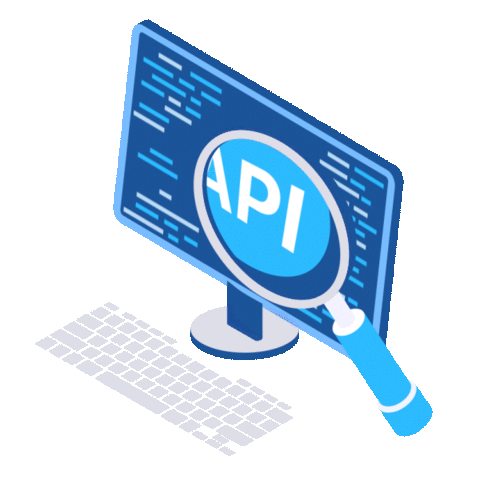SONAR API
Unlock New Possibilities And Drive Efficiency
The Sonar API, powered by GraphQL query language, allows seamless integration and automation between Sonar’s robust BSS and OSS platform and third-party applications. With the Sonar API, Internet Service Providers can unlock a wide range of possibilities to streamline operations, enhance customer experiences, and drive efficiency.


What is GraphQL?
GraphQL is a versatile query language designed for APIs and a runtime that executes those queries using your existing data. It offers a comprehensive and intelligible description of your API’s data, granting clients the capability to request precisely the information they require and nothing excessive. With GraphQL, APIs can evolve seamlessly over time, and it empowers developers with robust tools for building and managing APIs effectively.
Advantages of GraphQL API
Efficient and precise data fetching
One of the primary advantages of GraphQL is its ability to enable clients to retrieve only the data they need in a single request. Unlike RESTful APIs, where clients often receive a fixed set of data regardless of their specific requirements, GraphQL allows clients to specify the exact fields and nested relationships they want in the response. This minimizes unnecessary data transfer and reduces the number of round trips to the server, resulting in more efficient data fetching and improved performance.
Strong typing and introspection
GraphQL has a built-in type system that defines the structure of the API’s data and operations. This type system allows for strict validation, making it easier to catch errors and ensure data consistency. Additionally, GraphQL APIs provide introspection capabilities, enabling clients to query the schema itself and discover available types, fields, and relationships. This introspection feature simplifies documentation and tooling, making it easier for developers to explore and interact with the API.


GraphQL API vs RESTful API
Versioning and flexibility
With RESTful APIs, introducing changes often requires creating new versions, leading to potential versioning complexities and maintenance overhead. GraphQL mitigates this issue by allowing clients to define the structure and shape of the response they expect. This means that servers can introduce changes to the GraphQL schema without breaking existing clients. Clients have control over the data they receive, making GraphQL highly adaptable and flexible.
Over-fetching and under-fetching prevention
In RESTful APIs, clients might encounter situations where they receive either more data than they need (over-fetching) or insufficient data requiring additional requests (under-fetching). GraphQL addresses these issues by empowering clients to precisely define their data requirements. Clients can request specific fields and related data in a single GraphQL query, eliminating over-fetching and under-fetching problems.
The Sonar API provides developers with a comprehensive set of endpoints and methods to access and manipulate data within the Sonar platform.
.png?width=5766&height=1528&name=Sonar%20Logo%20-%20Black%20(Transparent).png)